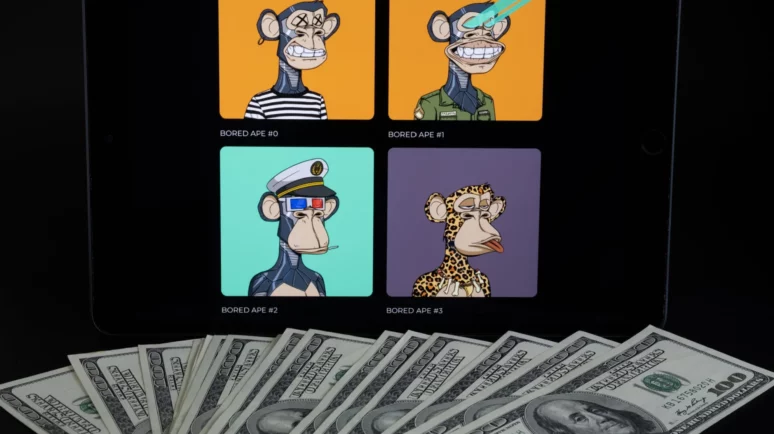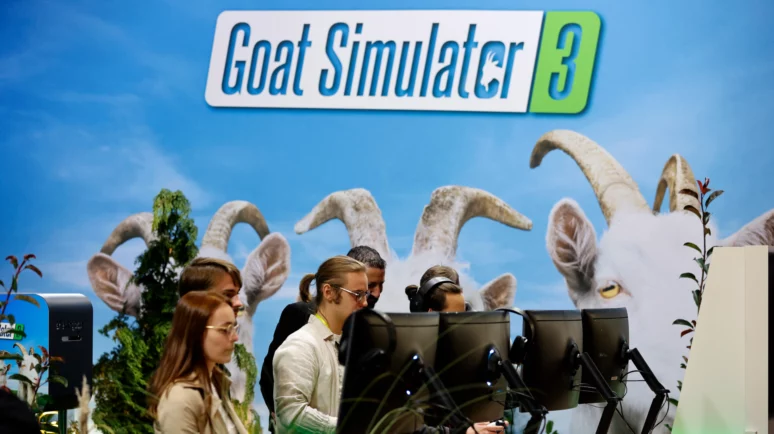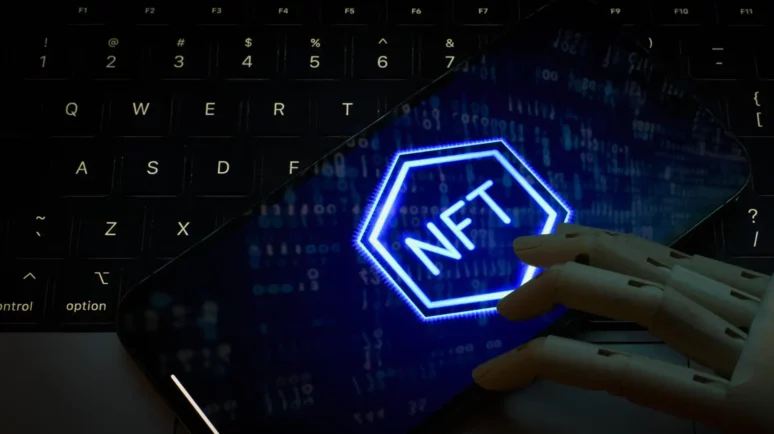To Take Gaming NFTs Primetime, We Need to Tap Into Deeper Utility

The integration of NFTs within online platforms and games must shift towards a holistic and enriched user experience. Image: RDNE Stock project on Pexels
- We should ensure that games are technologically advanced and deeply satisfying and engaging for a diverse community of gamers.
- Creating a natural fit between traditional gaming qualities and the innovative features that blockchain brings is essential.
- It’s more than just cosmetic changes; it’s about adding interaction and benefits that genuinely improve user experiences.
Today, non-fungible tokens (NFTs) are in a strange place when it comes to public perception. After sharply rising to prominence and making every headline a few years ago, the meteoric surge in their prices left digital collectibles with a stigma of being purely speculative assets that have no intrinsic value.
When the initial hype fizzled out, however, a plethora of new projects—especially in the world of Web3 gaming—radically revised their approach to NFTs. They focused on the numerous benefits of full digital ownership and real utility first and foremost.
Still, it’s not enough to simply grant NFT status to otherwise regular game assets. Rather, it is essential to build a system that imbues meaningful utility to these goods, offering tangible rewards and powers to holders and allowing for the community itself to shape the future of these platforms.
Anything less simply won’t be a meaningful step forward.
NFTs stand to reshape gaming
When NFTs first hit the scene, the emphasis was largely on trading amusing images on the blockchain, and for a time, this was enough to drive the market. That fad has since faded, but that doesn’t mean NFTs as a technology are going away.
Instead, they’re finding their way into novel use cases that go well beyond their “memeful” predecessors.
As it stands today, there’s no field where NFTs stand to have a bigger impact than online gaming. For decades, players have been engaging with digital worlds that offer a myriad of collectible items that can be bought, earned, or traded.
Now, thanks to the veracity and non-fungibility that has been endowed to them, users can secure digital ownership of their game inventories in a way that was never possible before. The bright future of NFTs in gaming is one where developers are able to put more control in the hands of their players.
The first and most frequently referenced benefit that NFTs can bring to gaming is true ownership. In Web2, players often have options for purchasing in-game items. Still, these goods are locked within a single platform, can be taken away by developers, or simply lost forever if the title ever goes offline for good.
Today, players are expressing their concerns about these issues more than ever, arguing that legacy monetization models could be exploitative or even outright predatory.
At the same time, the inherent decentralization of NFTs enables developers to alleviate most of these problems. As blockchain-based assets that live in wallets that users fully control, digital collectibles can’t be forcibly taken away by game companies or any other third party for any reason.
More so, NFTs can even be natively moved away from the original platform, integrated into other games, or just traded on a secondary market. At the very least, this allows players the ability to retain the value they originally put into buying or earning these assets, which is not something previous titles could realistically boast.
Of course, there would be no point in ownership if assets don’t actually have inherent value. This is where utility becomes paramount, allowing developers to imbue in-game assets with real practical benefits.
This could mean unlocking new abilities, gaining access to new areas of a game, options for character customization—virtually anything that makes these items worth owning, and not merely for the bragging rights of having something “rare.”
Player-driven economies and governance are key
While in-game abilities are a fantastic start, being able to shape the world, economy, and even the future of an entire platform is perhaps one of the most important and empowering features that NFTs can unlock. This could be implemented in different ways, but the idea revolves around holding specific assets in order to have a say in how the game evolves.
That being said, no individual player should get overwhelming control even if they have deep pockets, but the idea is instead to encourage communities to form alliances and leverage the power of the many.
Ultimately, the system should be balanced to make sure everyone’s voice is at least somewhat represented, but giving players a real stake in the world itself is an important tool for generating engagement and allegiance as well.
One of the key values of a blockchain-based account system is that it creates an open ecosystem around the digital assets. This allows the community to add value with community sites, companion apps, and even entirely new games with full confidence that the ecosystem will remain open for development and community control.
The implementation of NFTs also allows for the creation of an actually functioning, player-driven economy. The game itself and its developers can provide raw in-game materials for such, allowing players to loot, harvest, and earn by completing missions and various objectives. Using these resources, players can then combine, convert or upgrade them into more valuable goods.
Some games allow players to not only upgrade their combat vehicles and trade them with others but also turn non-blockchain assets into NFTs, massively increasing their value and unlocking full ownership. In addition, they allow players to form meaningful social contracts with one another around the use of these assets, forming in-game guilds for the purpose of leveraging their units properly in the metagame.
This is a fairly simple example, but it showcases that a sustainable economy can become a centerpiece of the core gameplay loop and player engagement. Whether interacting with Web3 elements or not, players can shape the outcome of their choices, influencing the narrative and economy.
Additionally, while Web2 titles like CS:GO similarly allow players to buy and sell in-game cosmetics and other features, all these assets are siloed within Valve’s platform, with no way for users to withdraw their value from the Steam Marketplace. In contrast, NFTs can be freely transferred across all chains that support them and can be sold for real-life money.
Redefining what it means to “play”
Web3 is well-positioned to become the next major epoch for the games industry, and NFTs present the technology that can enable this shift. However, only practical utility can convince mainstream gamers to accept this novel concept, bringing meaningful gameplay enhancements as well as a sense of owning a stake in a broader ecosystem.
New titles are being developed right now that are using this philosophy to make a new caliber of game; the only question is who will dominate this next wave of gaming.
The most important thing is to have a great game that delivers a fun and sticky experience for players, no matter whether these players engage in the Web3 elements of the game or not.
I think that once you have a game that can deliver the type of gameplay experience that players naturally crave, then the added features and benefits of what blockchain can offer—i.e., giving players agency and true ownership over the game items—are just the cherry on top.
Disclaimer: The views, thoughts, and opinions expressed in the article belong solely to the author, and not necessarily to CCN, its management, employees, or affiliates. This content is for informational purposes only and should not be considered professional advice.


